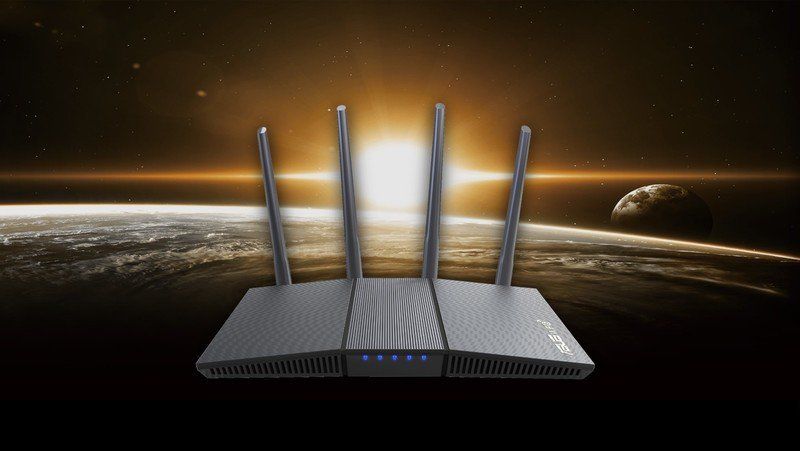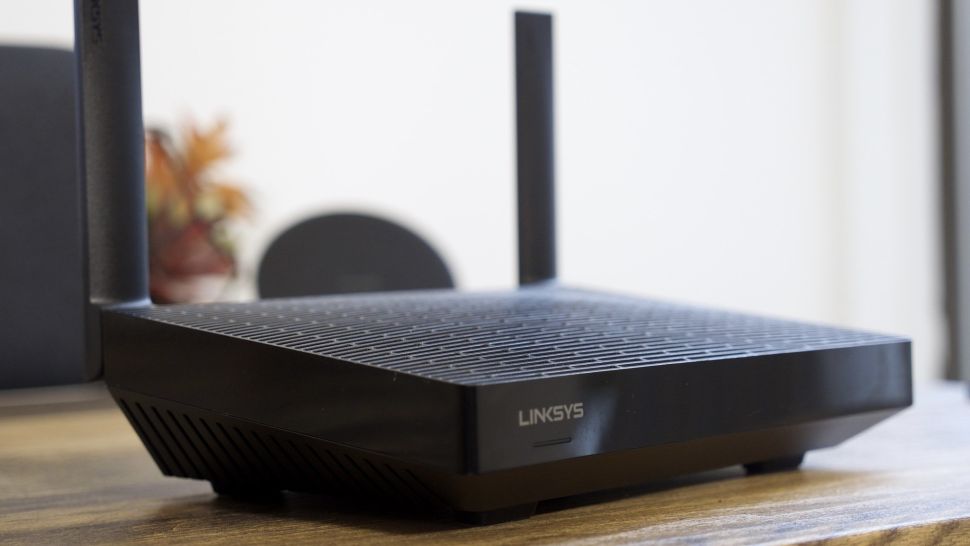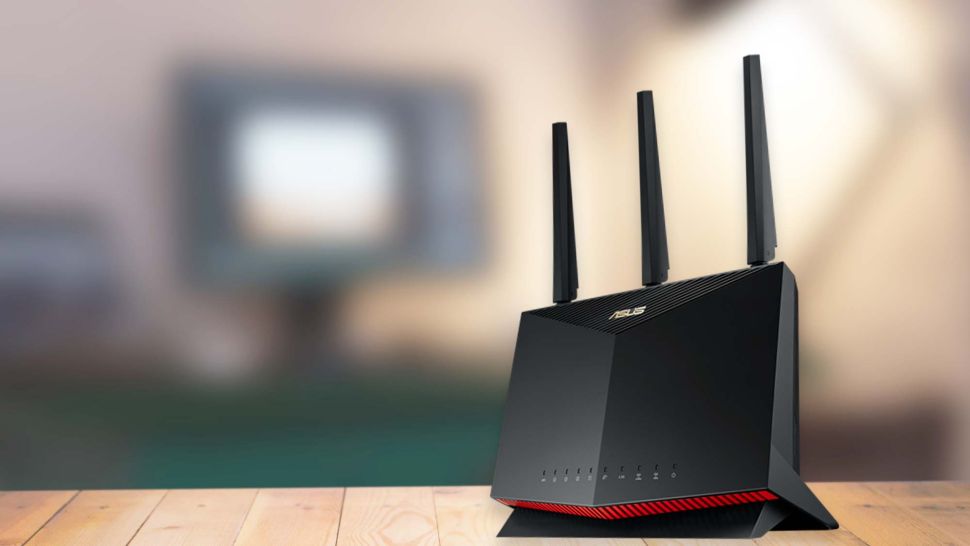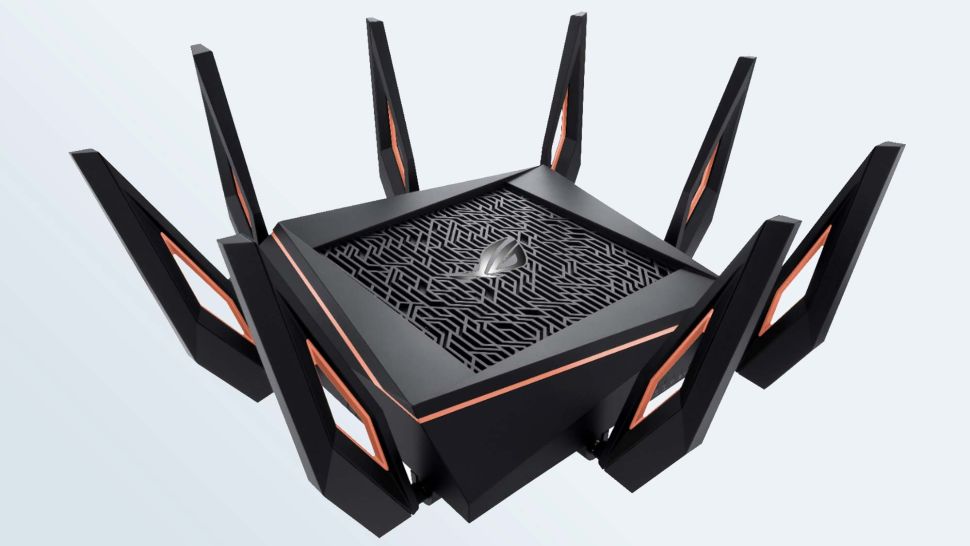We like to spend most of our day using electronic devices such as mobiles, computers, laptops, and tablets. And most of the time, we use the internet on those devices. Getting interruptions while surfing the internet, working on a project, or binge-watching can be one of the most irritating things. The reason for this can be that you are probably using outdated Wi-Fi service.
Today there are various Wi-Fi routers available that offer faster internet surfing experience.
If you are searching for a fast-speed Wi-Fi router and do not want to spend huge money, then currently, Wi-Fi 6 routers are the best deal.
So, keep reading this blog post to the very end to get the full information about the best Wi-Fi 6 routers and why you should choose them over other Wi-Fi routers available in the market.
1. ASUS RT-AX1800S – The Best Wi-Fi 6 Router Overall
The ASUS RT-AX1800S delivers great performance and has some additional features to make the deal sweet. This device includes an AX1800 connection with 574Mbps on 2.4GHz and 1,201Mbps on 5GHz. The design is functional, with four Ethernet ports on the back for wired devices. One downside of this device is that it doesn’t have a USB port, but most people wouldn’t use it anyway.

What helps make this device stand out is the AiProtection Classic software. This software is fitted for free with the protection supplied by TrendMicro. While most ASUS Wi-Fi routers have this feature, it’s good to see that it extends to its most affordable Wi-Fi 6 router options as well. AiProtection has basic but parental controls that allow time limits, manual site blocking, and a kid-safe preset. This model lacks an AiMesh, so if you’re looking to expand your coverage down the line, you will need to pick up a higher-end device like the ASUS RT-AX55.
2. Linksys MAX-STREAM MR7350 – Cheap Wi-Fi 6 With Mesh Expansion
Linksys relies more on Wi-Fi 6 router with a well-balanced and cheap Wi-Fi router. In a modest housing that should age gracefully, the Linksys MR7350 delivers speed in line with other AX1800 offerings, that is, a lot for most users. Linksys reports a possible 1,201Mbps on the 5GHz channel and 574Mbps on the 2.4GHz. Also, four Ethernet ports are available on the back for wired machines and a USB 3.0 port.

With coverage of up to 1,700 feet, this device is a good choice for many homes and flats. However, if you want more coverage or have a home that’s difficult to cover completely, expand your coverage with another Velop-capable mesh Wi-Fi router from Linksys. It also has the whole Velop Mesh range, giving you speed and coverage options.
Having a mesh-capable Wi-Fi router can be a massive bonus as Wi-Fi needs continue to grow, and as local traffic and congestion increase, having the power to fix in more coverage will be worth it.
3. Asus RT-AX86U – A Powerhouse Wi-Fi 6 Router
The Asus RT-AX86U is a powerhouse Wi-Fi 6 router that offers incredible customization options, great speeds, and killer gaming features for less than $300. High performance and lifetime protection from malware and intrusion is also a great option for securing your home network, offering long-term protection without subscription costs and a 2-year warranty.

But the real highlight of the RT-AX86U is the performance, which reaches the magical 1-Gbps mark to deliver quick and seamless connectivity to all devices.
With an outstanding range and great performance even between walls and floors, the Asus RT-AX86U is equal parts general-use Wi-Fi router and elite gaming Wi-Fi router, and the many features and ports it offers are comparable to some top-notch gaming gear performance. If you need the best Wi-Fi 6 router for your home, the Asus RT-AX86U is the best.
4. Asus ROG Rapture GT-AX11000 – Another Great Wi-Fi 6 Gaming Router
Regarding the Wi-Fi 6 routers, the Asus ROG GT-AX11000 Wi-Fi router stands out as one of the most suitable, offering high performance and packaging that combines gaming-oriented features. Expands capacity that will satisfy gamers and non-gamers in your home.

The Asus GT-AX11000’s design is large, with 8 swiveling antennas. But inside that large footprint, the device offers much connectivity, with 4 downstream Gigabit LAN ports, a 2.5G Base T Ethernet, and 2 USB 3.0 ports.
Wireless connection is better, with improved performance to a massive 10.8Gbps of truly long-range, super low latency, and maximum throughput. Combine all this with customization tools and gaming optimization, and it is still one of the best gaming machines we have seen in the new Wi-Fi 6 routers.
How To Pick The Best Wi-Fi 6 Router?
Selecting the best Wi-Fi 6 router is no different than shopping for any networking device. Although the complex jargon can be confusing, only two important questions must be answered. First, what speed do you need for internet usage and devices? Second, what type of coverage do you need for your house?
Speed: The Wi-Fi 6 router is great for high-speed performance because the new standard offers higher throughput than the last 802.11ac standard. Also, it is particularly suitable for gigabit-speed internet programs available in your location.
However, average broadband speeds will also benefit from Wi-Fi 6 router as the standard provides better efficiency for sharing bandwidth between multiple devices.
Compatibility: Likewise, you can get the most out of Wi-Fi 6 router by using the latest Wi-Fi 6-equipped machines. While the standard is compatible backward and should operate with every Wi-Fi-connected device you own, some features, such as better battery life, will only work if your Wi-Fi router and connected device have Wi-Fi 6 router ability.
Most new computers, laptops, tablets, and smartphones now have a Wi-Fi 6 router, while some also support a Wi-Fi 6e router, which makes a Wi-Fi 6 router the best way to secure your home network in the future.
Coverage: The second question concerns the coverage site or how far your Wi-Fi signal will go. A basic standalone Wi-Fi router will be sufficient for a flat or small home with a typical range of 50 to 100 feet.
However, larger homes with 3,000 square feet or more of space will benefit from mesh software that combines a base unit that can be placed throughout the house.
These extensions extend the reach of Wi-Fi signal to cover even larger houses, although they can also be expanded as required with extra units.
Gaming: Another consideration is gaming. The last thing is for your gaming session to be slow or even interrupted by a network connection.
Gaming Wi-Fi routers offer all the same capabilities as a standard Wi-Fi router but are specifically optimized for gaming. They decrease interruptions, help stop delays, and generally provide advanced controls for customizing how data is used between different devices in your home.
Price: Ultimately, the biggest aspect in many people’s buying decisions is not the specific features but the price. While Wi-Fi 6 devices are still significantly more expensive than older products, some are budget-friendly options, even with Wi-Fi 6e routers. Although many Wi-Fi 6 devices cost $300 or more, there are options for standalone and mesh devices at affordable price tags. While these offer many benefits of Wi-Fi 6 routers, they will usually do so with subtle device handling and less impressive coverage. Still, a reliable Wi-Fi 6 router standalone can be had for less than $150, and a mesh device can be found for less than $300.